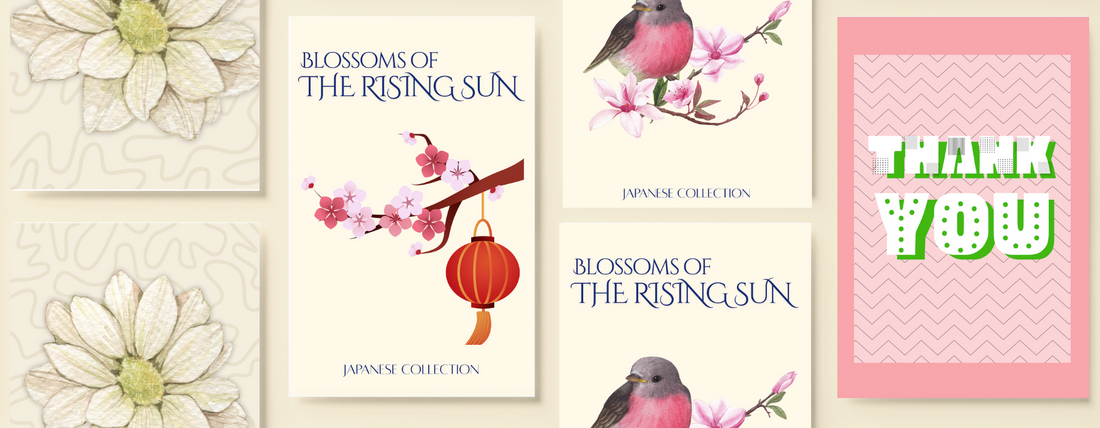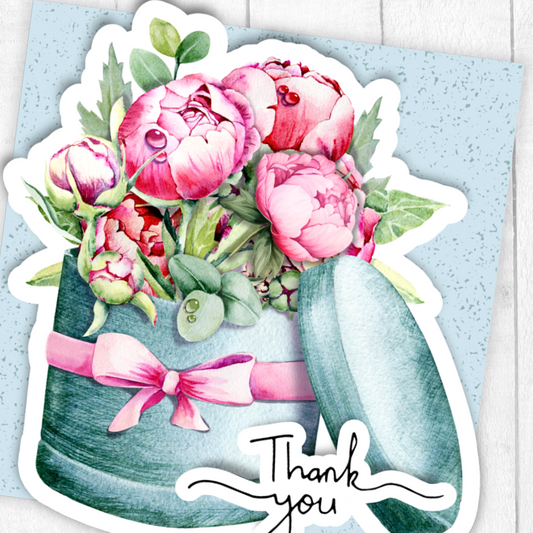
GREETING CARD TRADITIONS: HOW DIFFERENT CULTURES CELEBRATE
Share
Greeting cards are a universal symbol of care and connection, yet their styles, occasions, and meanings vary widely across cultures. From intricate handmade creations to minimalist designs, these small pieces of art reflect the traditions and values of the people who exchange them. Let’s explore how different cultures around the world celebrate with greeting cards.
1. Japan: Seasonal Elegance and Tradition
In Japan, greeting cards are deeply rooted in cultural etiquette. New Year’s cards, known as nengajo, are sent by the millions each year, featuring traditional motifs like cranes, Mount Fuji, or zodiac animals. These cards are not just greetings but also a way to maintain connections and express gratitude. Japanese cards often emphasize minimalist aesthetics, showcasing a respect for simplicity and harmony.

2. United States: Celebrations for Every Occasion
The U.S. has one of the largest greeting card industries in the world, with cards available for almost every imaginable occasion—from birthdays and weddings to quirky, humorous milestones. American cards range from mass-produced designs to artisan creations, with many consumers choosing cards that reflect personal style. The tradition of sending holiday cards, especially Christmas cards, remains a beloved custom for families.

3. India: Vibrant Colors and Festive Designs
In India, greeting cards are often exchanged during festivals like Diwali, Eid, and Holi. These cards feature bright colors, intricate patterns, and religious motifs, reflecting the diversity of Indian culture. Wedding cards are also an essential part of Indian traditions, often beautifully designed with gold foiling, embossing, and elaborate artwork.

4. United Kingdom: A Legacy of Sentiment
The UK has a long history with greeting cards, being one of the first countries to mass-produce them in the Victorian era. Today, Brits continue to send cards for birthdays, holidays, and special milestones. Cards are often chosen carefully to match the recipient’s personality, and humorous cards are particularly popular.
 .
.  .
. 
5. Australia: A Blend of Global and Local Traditions
In Australia, greeting cards reflect both British traditions and local culture. Cards are commonly exchanged during Christmas, birthdays, and special celebrations, often featuring native wildlife, beach scenes, or indigenous art. Australians value handwritten messages, making cards a meaningful gesture.

6. African Nations: Storytelling Through Art
In many African countries, handmade greeting cards double as works of art. Craftspeople often use recycled materials, beads, and fabrics to create cards that tell stories about their culture. These cards are popular both locally and internationally, serving as unique cultural expressions.

Why Greeting Cards Transcend Borders
Across cultures, greeting cards remain a timeless way to express love, gratitude, and celebration. Their styles may differ, but their purpose is universal: to create lasting connections. In a digital age, these tangible tokens of affection serve as reminders of tradition, creativity, and shared humanity.



